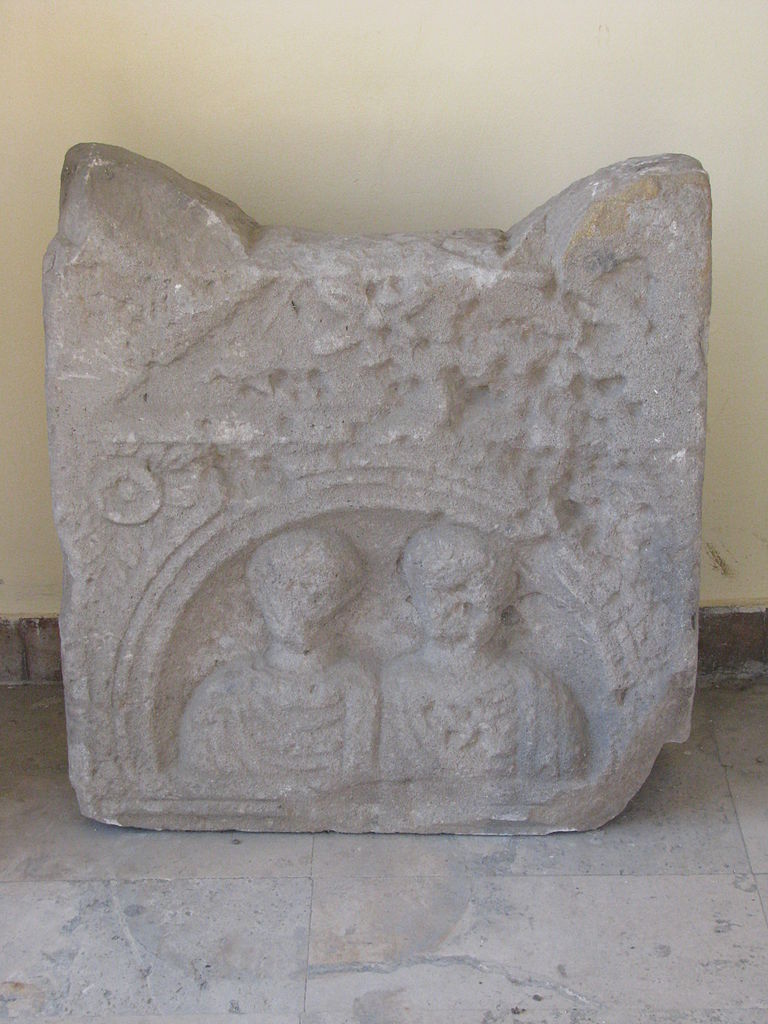<![CDATA[A team of archaeologists working on a Roman burial site in Cirencester, in the Cotswolds, have uncovered a rare tombstone containing an inscription with the name of the person buried underneath. The slab was dated to the 1st or 2nd century AD and scientists consider the find unique for Britain and extremely rare globally. So far, no other tombstone with the same degree of preservation from that period has been found on the respective burial ground in the country, and it is believed that there are fewer than ten such tombstones in the world. The archaeologists involved in the find were understandably excited, given the fact that Pompeii is the nearest place to Britain where inscribed tombstones from 1,800 years ago have been found so far. The discovery, a slab triangular at the top and decorated with carved shapes, is made from local limestone, a relatively soft rock. It has an inscription in Latin revealing the name of the woman buried underneath it and her age. The text was literally translated as “In the hands of God, Bodica, the wife lived years: 27,” by experts. According to the chief executive of the organization in charge of the archaeological works, Cotswold Archaeology, the name suggests that the woman was a British local, rather than a Roman citizen. Neil Holbrook added that the presence and ornateness of the tombstone suggested her husband was a man of means, one of few people in those times to be able to afford a tombstone with such a long inscription. Interestingly, Holbrook went on to note, the inscription was done on the upper half of the slab, leaving space, perhaps, for the husband’s name to be added when he passed. Why this was not done will remain a mystery. The Cotswold Archaeology team had been working on the burial site, located on the grounds of a former garage in the town of Cirencester, for two months before unveiling this unique tombstone. In the process, they unearthed as many as 55 individual graves. One team member and project manager at Cotswold Archaeology, Cliff Bateman, explained that once the tombstone was located, the biggest challenge for the researchers was to lift it off the ground without damaging the remains of Bodica, which turned out to be very close below. The solution they found to this problem was to dig a hole next to the grave, roll the slab over to it, lay it on a special palette, and then lift it with a crane. Photos taken at the site show that although the woman’s skull is crushed, her skeleton as a whole is remarkably well preserved and will now be analysed along with the rest of the remains found on the site. The tombstone will also be studied in depth, which, the archaeologists say, could take as long as two years. After the analyses are complete, it will become part of the collection at the Cirencester Corinium Museum, a local hallmark and internationally recognized institution featuring an extensive collection of artefacts from the area, where the Roman town of Corinium Dobunnorum used to be. Image by wikimedia user Codrin.B.]]>
Cotswold Archeologists Uncover Unique Roman Tombstone
